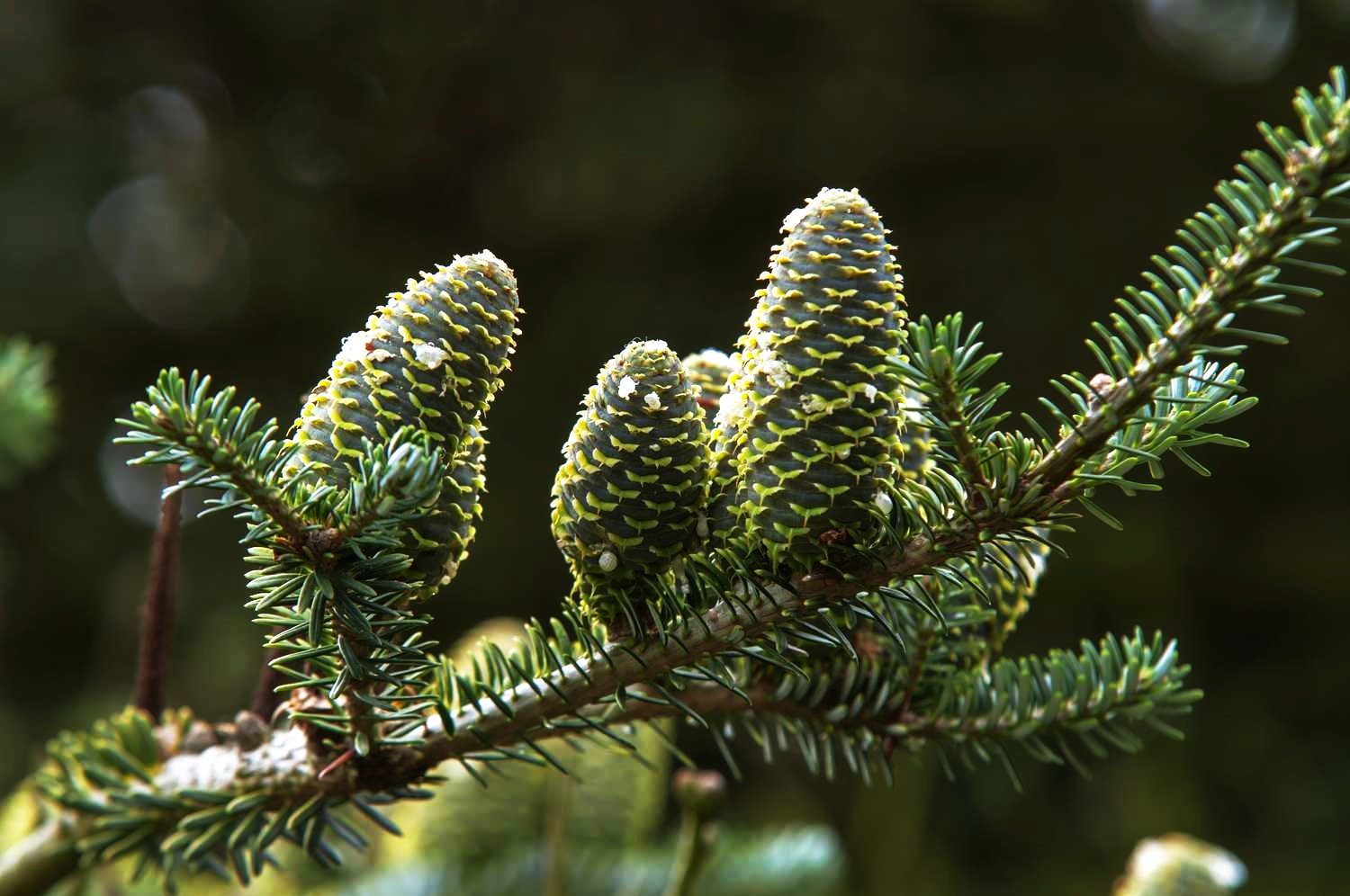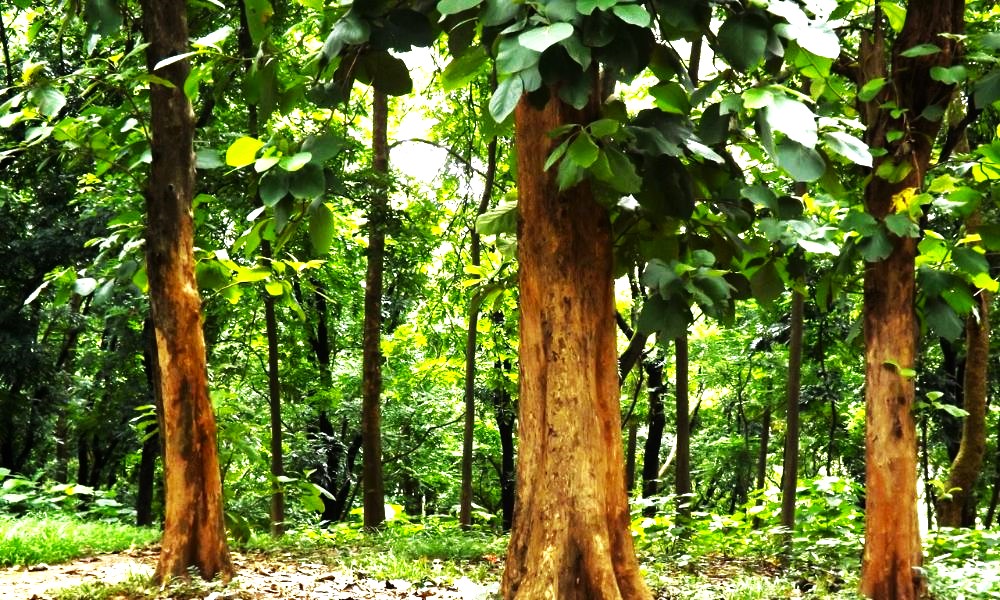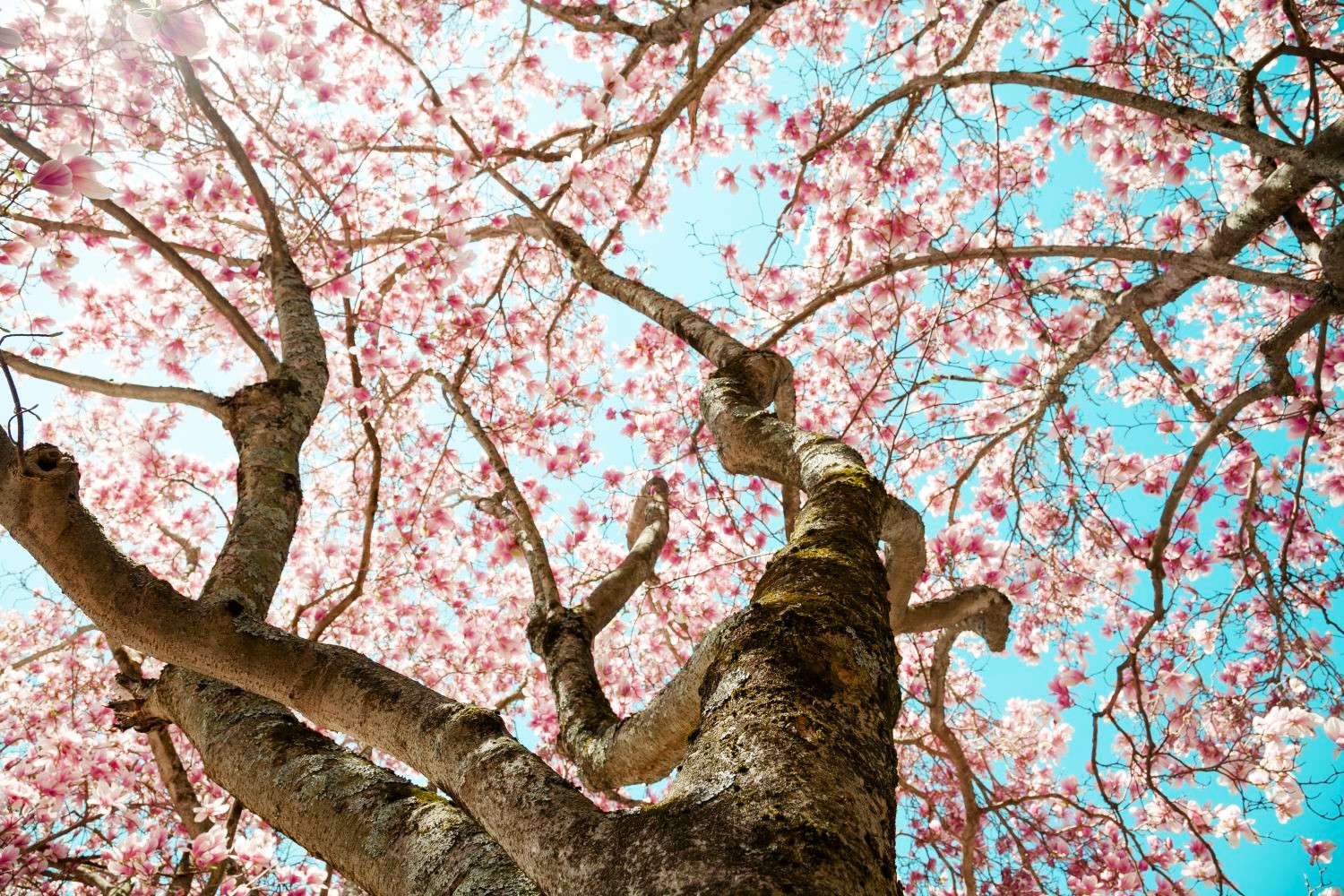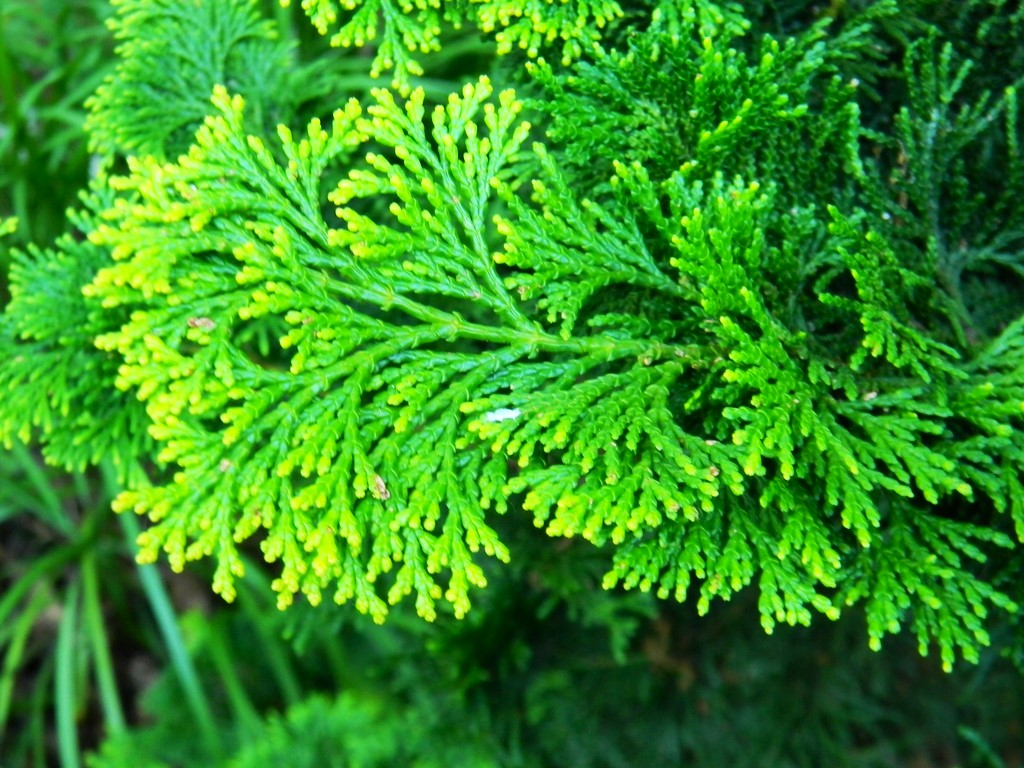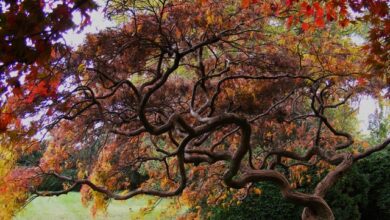Yellowing Crepe Myrtle Leaves: Why Do Crepe Myrtle Leaves Turn Yellow and What is the Solution?
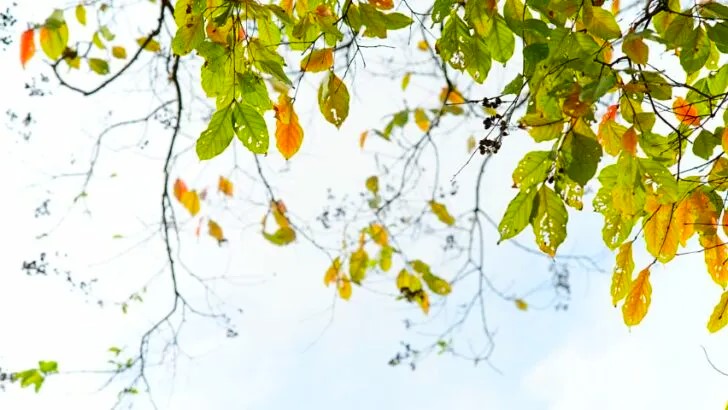
Little trees called crepe myrtles (Lagerstroemia indica) have an abundance of beautiful blossoms. This is a favorite in southern US gardens and landscapes because of its vibrant green leaves. Therefore, you should act fast to determine what is wrong with this adaptable plant if you notice that the leaves on your crepe myrtle are suddenly turning yellow. Continue reading to find out what could be causing your crepe myrtle tree’s yellow leaves and what you can do to help it.
Leaves of Crepe Myrtle Turn Yellow
Crepe myrtle leaves that are turning yellow are never a good sign. It’s concerning to notice that the leaves on the crepe myrtle are turning yellow because you’re used to this normally trouble-free tree’s stunning dark foliage, exfoliating bark, and profusion of blossoms. Why are the leaves of the crepe myrtle turning yellow? There are multiple possible causes for it, and each one calls for a slightly different solution. Remember that this yellowing is normal if it occurs in the fall, when the foliage starts to prepare for dormancy by turning its yellow leaves into orange or red ones.
Spot the Leaf
It’s possible that your yellow-leafed crepe myrtle has developed Cercospora leaf spot. This is probably the problem if there was a lot of rain in the spring and the leaves turn yellow or orange before falling. Fungicides are not very effective against this type of leaf spot, so there’s really no point trying them. Planting the trees in bright areas with open air circulation is your best option. Cleaning up and removing contaminated leaves from the area will also be aided. You shouldn’t worry too much because your crepe myrtle won’t die from this disease.
Leaf-Scorch
The major issue that causes the leaves of crepe myrtle to turn yellow is bacterial leaf scorch. Pay attention to the yellow that initially emerges at the leaf margins or tips. Take down the tree if you have bacterial leaf scorch on your crepe myrtle. Burning it or disposing of it in another way will stop this deadly disease from infecting healthy plants.
Cultural or Physical Harm
Anything that harms the trees could lead to yellowing crepe myrtle leaves, which could be a cause of environmental toxicity. If the crepe myrtle or its neighbors have been fertilized or sprayed, an overabundance of nutrients, pesticides, or herbicides may be the cause of the issue. Watering it thoroughly will frequently aid in removing the toxins from the area, assuming proper drainage. Yellow leaves on a crepe myrtle can also be caused by other cultural issues like insufficient sunshine and water. Another sign that the soil is poorly draining is yellow-leafed crepe myrtle.

